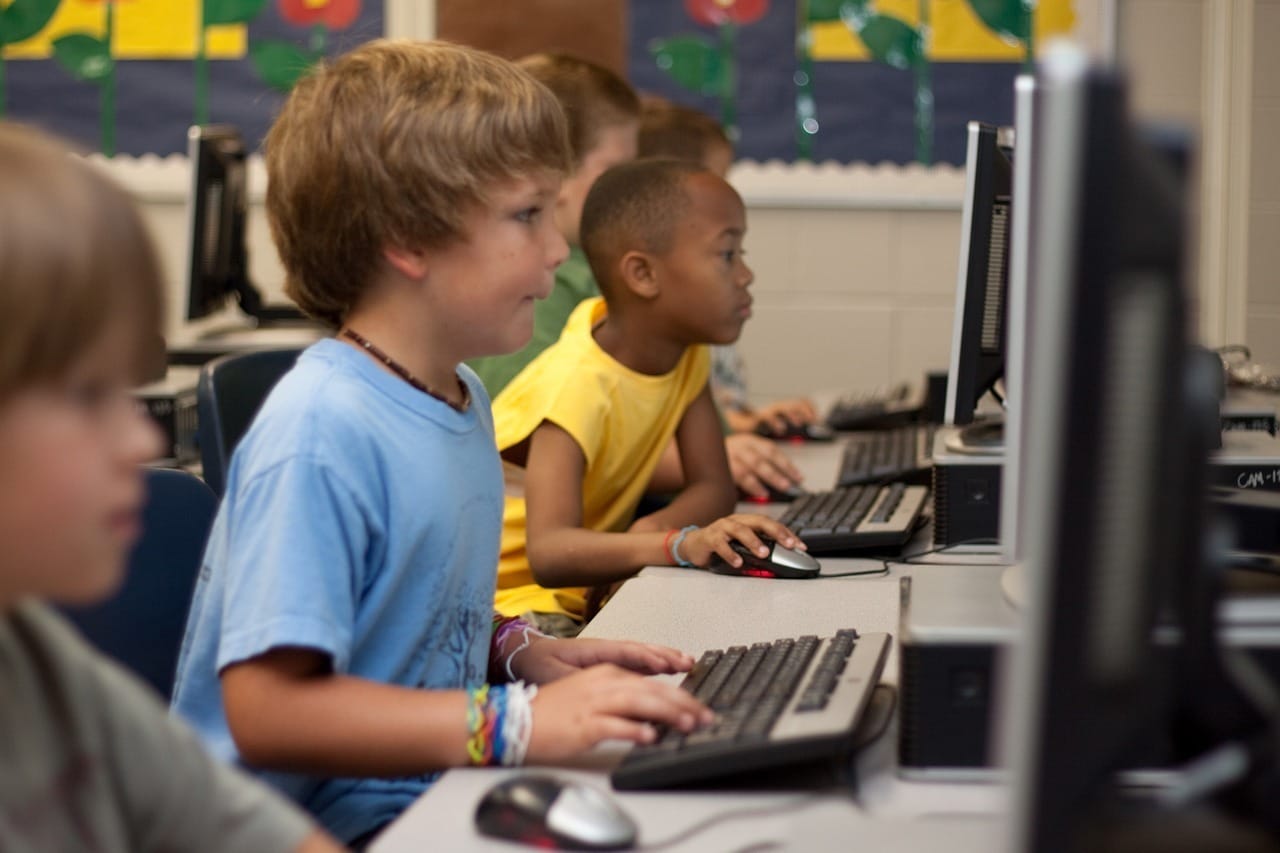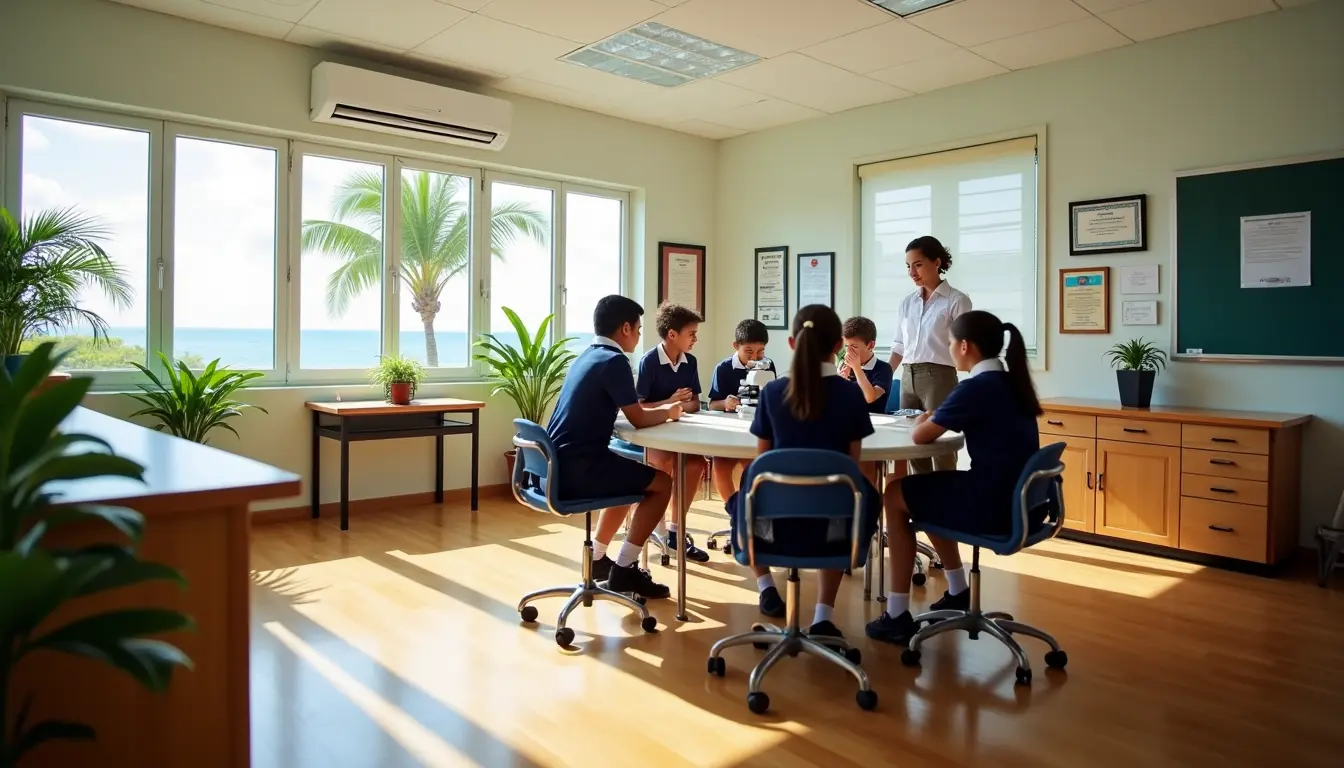In an ever-evolving educational landscape, innovative teaching methods are essential for engaging students and enhancing learning outcomes. Traditional lecture-based instruction is being supplemented and, in some cases, replaced by dynamic and interactive approaches that cater to diverse learning styles and needs. This article explores various innovative teaching methods that are transforming today’s classrooms, ensuring that students are better prepared for the challenges of the 21st century.
Active Learning Strategies
Flipped Classroom
The flipped classroom model reverses the traditional teaching approach by instructional content outside of class and delivering focusing on interactive activities during class time. Students watch video lectures or read materials at home and then engage in discussions, problem-solving, and collaborative projects in the classroom . This method promotes deeper understanding and allows teachers to provide more personalized support.
Project-Based Learning
Project-Based Learning (PBL) involves students working on real-world projects that require critical thinking, collaboration, and creativity. Instead of passively receiving information, students actively explore complex questions and problems over an extended period. PBL encourages students to take ownership of their learning and apply their knowledge to practical situations, making learning more relevant and engaging.
Technology-Enhanced Learning
Gamification
Gamification integrates game design elements into the learning process to motivate and engage students. By incorporating elements such as points, badges, leaderboards, and challenges, gamification makes learning more interactive and enjoyable. Educational platforms like Classcraft and Kahoot! Use gamification to enhance classroom experiences , promoting active participation and improving retention.
Virtual and Augmented Reality
Virtual Reality (VR) and Augmented Reality (AR) technologies offer immersive learning experiences that can transport students to different times and places or visualize complex concepts. VR can take students on virtual field trips to historical sites or outer space, while AR can overlay digital information onto the physical world, enhancing interactive lessons. These technologies make learning more engaging and can cater to various learning styles.
Collaborative Learning Techniques
Peer Teaching
Peer involves students teaching each other under the guidance of the teacher. This method allows students to reinforce their own understanding by explaining teaching concepts to their peers. It also fosters a collaborative learning environment where students learn to communicate effectively and work together. Peer teaching can be implemented through group projects, study sessions, or peer tutoring programs.
Cooperative Learning
Cooperative learning strategies, such as the jigsaw method and think-pair-share, encourage students to work together to achieve common goals. In the jigsaw method, students are divided into groups, with each member responsible for learning and teaching a specific part of the lesson. In think-pair-share, students think individually about a question, discuss their thoughts with a partner, and then share their insights with the larger group. These techniques promote teamwork, communication, and critical thinking.
Personalized Learning Approaches
Adaptive Learning
Adaptive learning uses technology to tailor educational content to each student’s needs and abilities. Programs like DreamBox and Knewton use algorithms to analyze student performance and adjust the difficulty and type of content accordingly. This personalized approach ensures that students receive instruction at their own pace, addressing individual learning gaps and promoting mastery.
Competency-Based Education
Competency-Based Education (CBE) allows students to progress through a curriculum at their own pace, based on their ability to demonstrate mastery of specific skills or knowledge. This approach moves away from traditional grade levels and focuses on student outcomes. CBE enables students to take control of their learning and ensures that they acquire the competencies needed for success in higher education and the workforce.

Conclusion
Innovative teaching methods are transforming today’s classrooms by making learning more engaging, interactive, and personalized. By incorporating active learning strategies, leveraging technology, fostering collaboration, and personalizing instruction, educators can better meet the diverse needs of their students. These approaches prepare students for the challenges of the modern world, equipping them with the skills and knowledge necessary for lifelong success.



